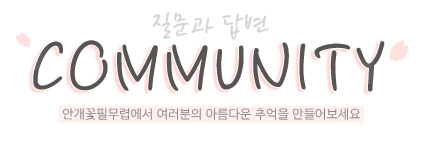Transforming AI is Customizing Translation for Youth
페이지 정보
작성자 Lauren Fournier 작성일25-06-05 23:40 조회3회 댓글0건관련링크
본문
The world of translation is experiencing a significant shift with the integration of Artificial Intelligence (AI) technology. One of the most exciting developments is the application of AI to perfect translation for younger audiences. Traditional translation methods often rely on a generic approach, which may not be effective for children who need translations that are both linguistically accurate and contextually suitable for their developmental stage group.
Younger audiences, such as newborns, young children, and elementary school students, have unique communication styles and requirements. They may not have the same communication abilities or comprehension abilities as seniors, which presents a obstacle for translators who need to convey complex ideas in a simple and clear manner. This is where AI can make a substantial impact.
AI-powered translation systems can analyze the context of the text and adapt the translation to suit the age group of the target audience. For instance, AI can identify the tone and layout of a translation and adjust it accordingly to ensure that it is appealing and fascinating for young readers. This can be particularly useful for kid's stories, where the goal is to inform and amuse simultaneously.
Moreover, AI can also learn from the subtleties of a child's language development and adapt its translation strategies accordingly. For example, AI can recognize that young children are more likely to learning through recitation and song, and then adjust the translation to incorporate these elements. This not only makes the translation more memorable but also more fun to read for young children.
Another significant disadvantage of AI-powered translation for younger audiences is its ability to detect and avoid colloquialisms and idioms that may be incomprehensible to children. Young children, in particular, often learn new phrases and concepts through their surroundings, 有道翻译 but when exposed to idiomatic expressions or complex phrases, they may become confused or lose interest. AI can help mitigate this issue by providing clear and simple translations that are free from clarities.
Furthermore, AI can also help translators in knowing the fine points of child development and vocabulary acquisition. Research has shown that young children learn best in a cultural context, and their language development is influenced by the individuals and setting around them. By analyzing this cultural context, AI can develop translations that are tailored to the child's social and cognitive needs, taking into account their developmental stage, developmental stage, and the purpose of the translation.
However, it's also essential to note that AI is not a substitution for human expertise. While AI can facilitate and improve the translation process, human translators are still necessary to review and refine the translations, ensuring that they accurately convey the intended message and meet the expectations of the target audience.
In conclusion, AI is transforming the world of translation by tailoring translations for younger audiences. By leveraging AI technology, translators can create more effective and interesting translations that take into account the unique communication styles and requirements of children. As AI technology continues to evolve, we can expect to see even more groundbreaking applications of AI in translation, leading to better academic outcomes and enhanced language skills for children around the world.
댓글목록
등록된 댓글이 없습니다.









